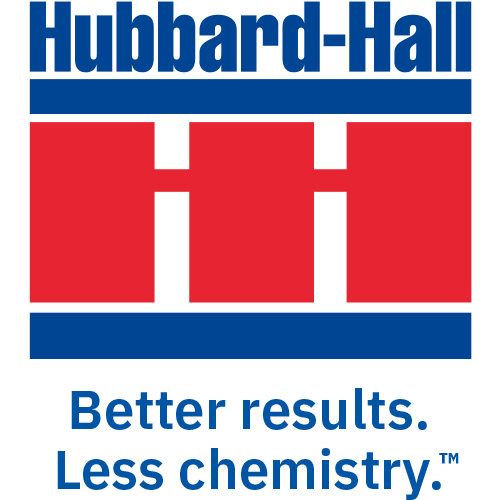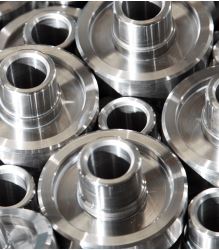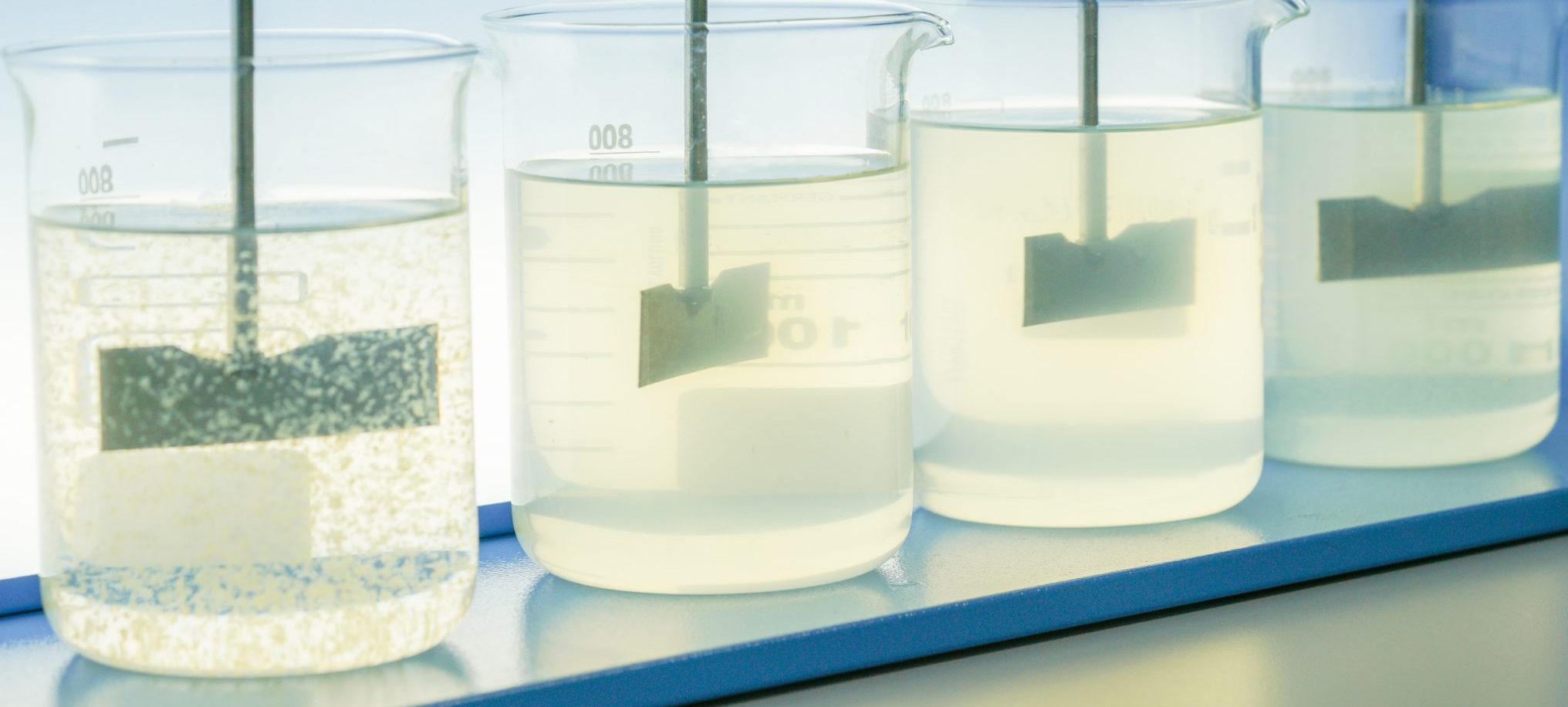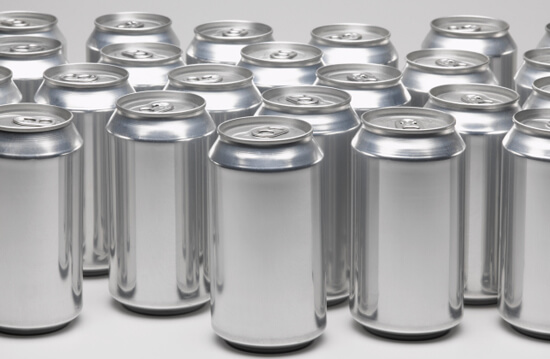Complex parts geometry, surface lubricity, frequent cleaning bath replacement, parts staining/corrosion, scale formation and wastewater treatment issues – these are the problems we solve on a regular basis for manufacturers. Not sure if you need solvent or aqueous chemistry? Want to reduce the steps in your process to save money on chemical consumption? Then you need to partner with a partner who has a diverse product offering and mission to optimize your process.
Complex Parts Geometry
Hubbard-Hall is the only chemistry supplier who can offer you both solvent and aqueous chemistries, based on a few factors such as: process, equipment in place and desired final outcome.
Frequent cleaning bath replacement
This occurs when lubricants over saturate the cleaning baths, chelators tie up the cleaning chemistry instead of reducing metal contamination, or phosphate-based/citric acid passivators interfere with waste treatment operations.









